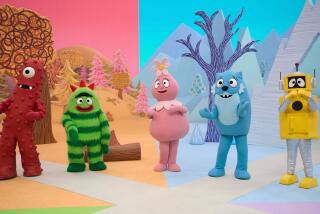What’s fact and what’s fiction in Apple TV’s telling of the Beanie Baby phenomenon
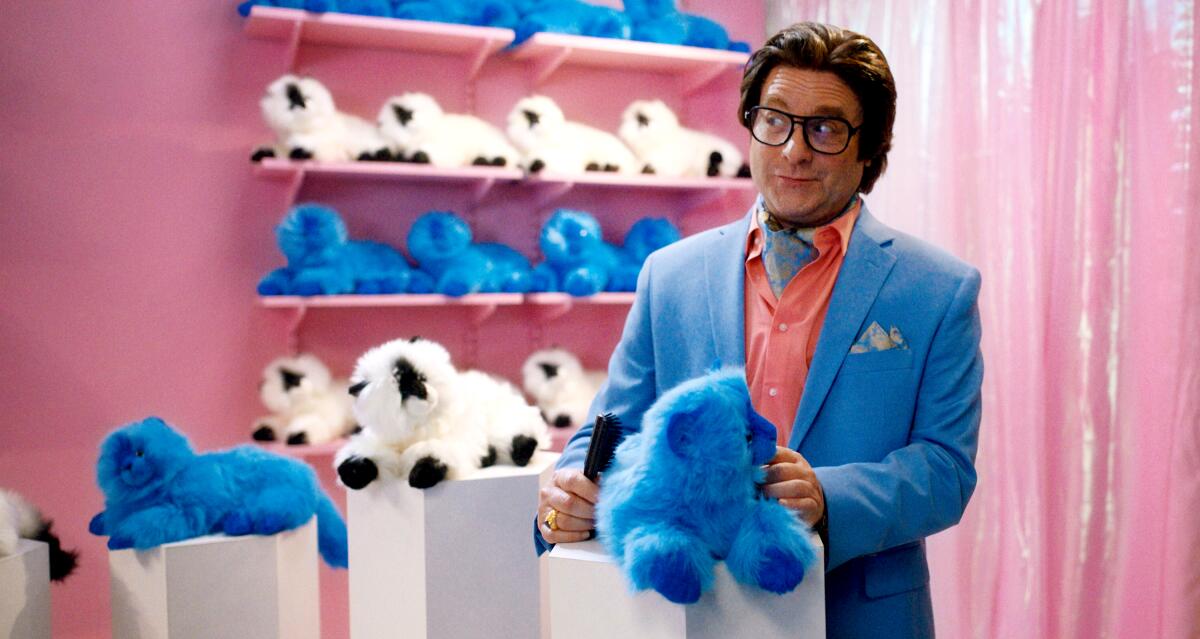
- Share via
People of a certain generation remember the hype around Beanie Babies—a phenomenon so ridiculous it now seems unreal.
The rise and inevitable fall of the infamous stuffed toy was the subject of Zac Bissonnette’s heavily researched 2015 book “The Great Beanie Baby Bubble: Mass Delusion and the Dark Side of Cute.” The details were so mind-boggling that directors Kristin Gore and Damian Kulash immediately knew it would make a compelling drama.
“It’s an incredibly wild and absurd story about this insane speculative craze that is super colorful and interesting,” says Gore, the filmmaker of “The Beanie Bubble” (now in select theaters and on Apple TV+), who also wrote the script. “But it was the women’s stories behind the phenomenon that really spoke to us, and that’s what we wanted to make the movie about: who we value in our culture, what we value, and the female relationship to the American dream.”
“The Beanie Bubble” stars Zach Galifianakis as real-life toy titan H. Ty Warner, but shifts its perspective away from him to three pivotal women in his life. Each impacted the success of Beanie Babies, but never got the credit they were due. Instead of directly recounting the facts in Bissonnette’s book, Gore and Kulash elected to fictionalize certain aspects.
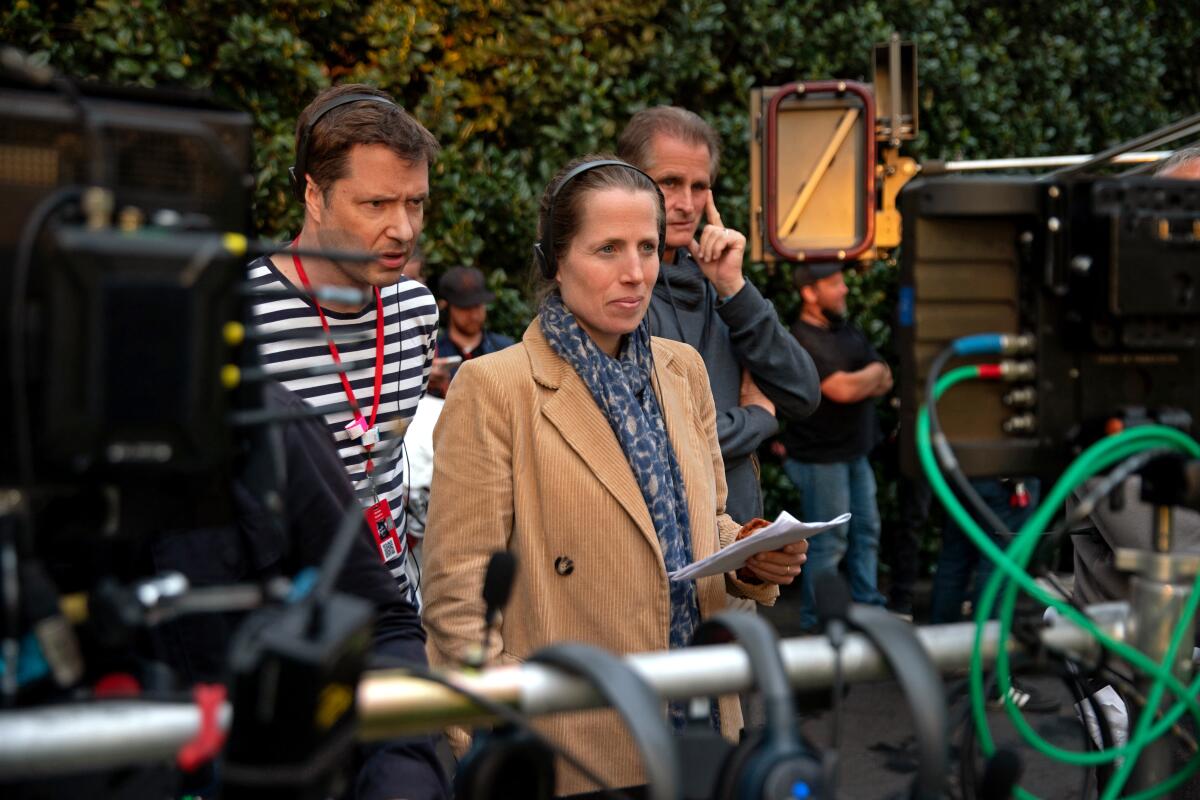
“It went through many drafts,” Gore explains. “And then we developed this idea of wanting to tell more of a fable and a universal story.”
“There are so many weird little snippets of things that happened around the swirl of Beanie Babies that, if you wanted to tell a purely real story, it’s there,” Kulash adds. “But it wouldn’t have the same heart and depth and human journey through it.”
The film, told in a non-linear fashion that allows its three story lines to reach a similar emotional crescendo, makes no pretense that some of it isn’t accurate, opening with the tag: “There are parts of the truth you just can’t make up. The rest, we did.” But despite some narrative dramatization, much of “The Beanie Bubble” is based on fact.
Real people, fake names
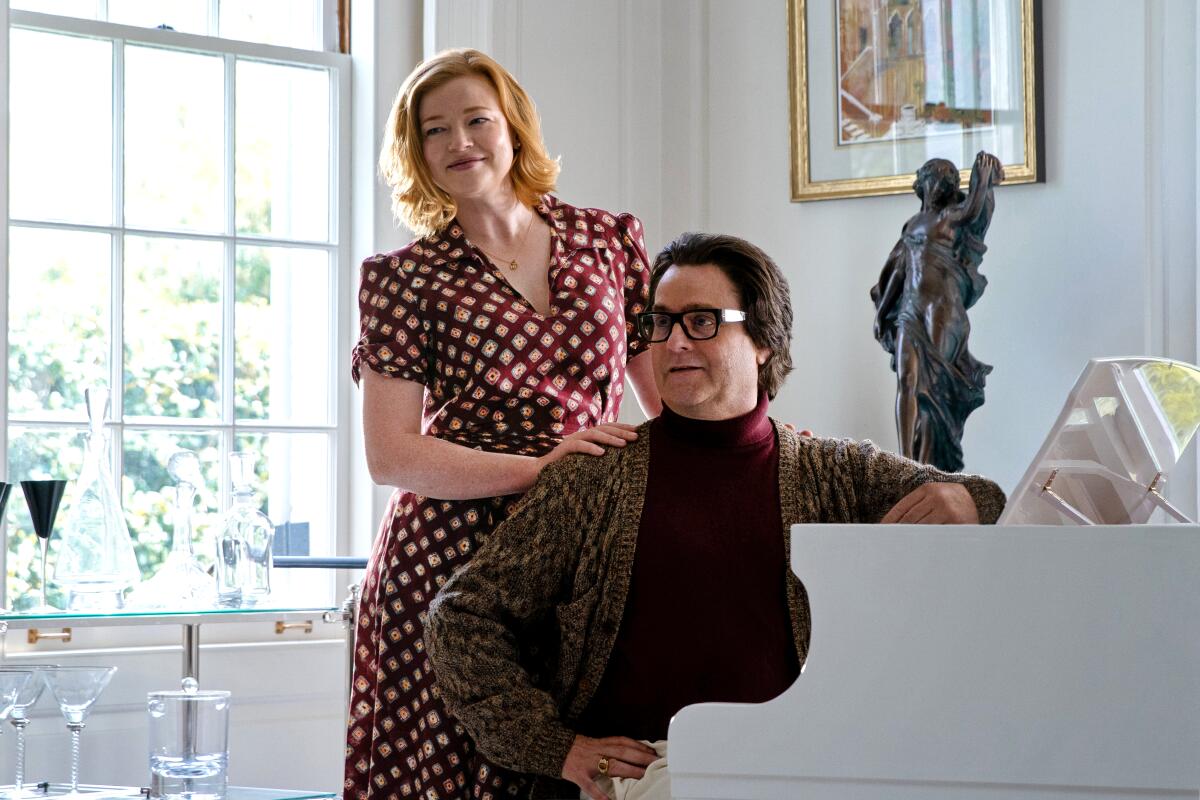
While the three characters who narrate the story are fictional, each is based on an actual woman from Warner’s life.
Robbie Jones (Elizabeth Banks) embodies the characteristics and history of Patricia Roche, Warner’s former business partner and girlfriend, who went on to become a highly successful businesswoman after leaving Ty Inc., Warner’s company. Sheila Harper (Sarah Snook) stands in for Faith McGowan, Warner’s ex-girlfriend, whose two young daughters inspired some of the Beanie Babies. Maya Kumar (Geraldine Viswanathan) is a version of Lina Trivedi, a Ty Inc. employee who was responsible for creating one of the world’s first e-commerce websites, which sold the highly coveted toys.
Bissonnette confirms to The Times that these portrayals are realistic. “Anyone who wants to know what the actual, exact distinctions were, you would probably just have to read the book,” he says. “But, yeah, the broad strokes of it are there. Those were the relationships.”
“We saw in them a similar pattern of falling for something, throwing themselves into it, believing it, and then this disillusionment with what happens,” Gore adds.
The real women‘s names are not used in the film for legal reasons. “The Beanie Bubble” is based on Bissonnette’s book, not on external interviews. Gore and Kulash didn’t want to consult with Warner or Ty Inc., and they felt they couldn’t fairly go out to anyone else without talking to him.
“It got too complicated,” Gore recalls. “Because of that, and out of respect to the changes we made, we said, ‘Okay, let’s change their names.’ ”
A charismatic showman

The character of Ty Warner is complicated, veering between likable and despicable. But the version of him that appears in the film adheres to what is known about Warner. He had a difficult childhood and a big personality. He often wore flamboyant clothes, especially when selling toys, and became obsessed with plastic surgery. He was both compelling and selfish, as evidenced by several scenes.
“Ty’s great talent, among many other things, was he was able to capture people’s attention and convince them that he was giving them something that was really important,” Bissonnette says. “That’s what he did with Beanie Babies, and that’s what he did [in relationships]. He was absolutely magnetic. [But] by the ends of the relationships people had with him, they tended to feel that he did not deliver on what they had thought.”
There’s one key scene in the film that never happened, at least to the filmmakers’ knowledge. When Ty decides to propose to Sheila, he enlists her children for a choreographed dance to Ready for the World’s 1985 hit single “Oh Sheila” at the local roller rink.
“What we loved in that dance scene is that it‘s the most charming thing, especially to this ferocious single mother, to do something so loving and beautiful with her daughters,” Kulash explains. “But it also puts himself center stage.”
“There were a lot of reasons we wanted that scene, but it encapsulates so much of the spirit of him,” Gore says. “That feels very true to him.”
Online sales
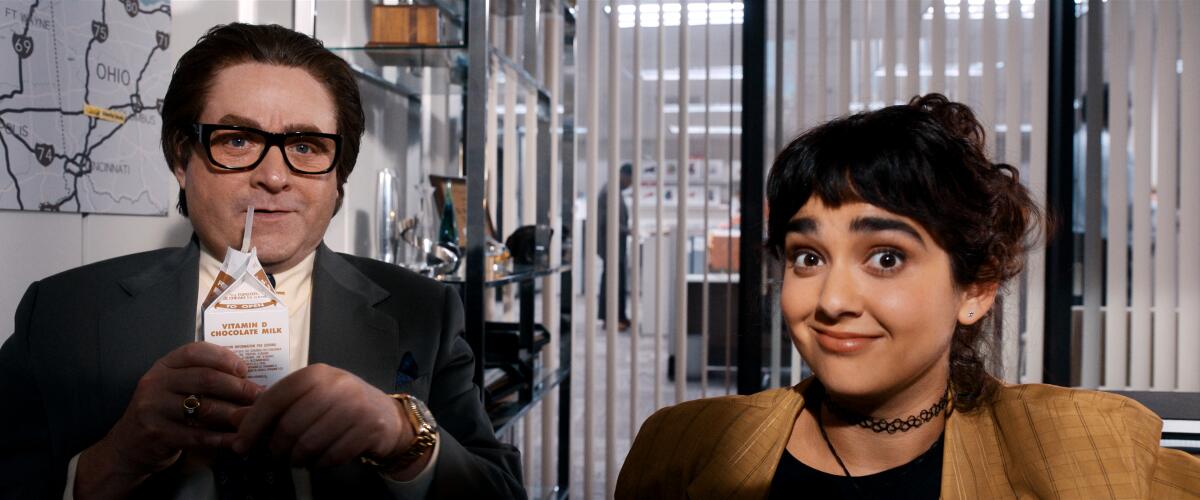
While it’s hard to remember a time when online shopping wasn’t the norm, the initial Beanie Babies were all sold in real-world stores. It wasn’t until Trivedi, who also came up with the idea of adding birthdays and poems onto the toy’s tags, approached Warner about creating an e-commerce website for Ty Inc. that the true sales explosion occurred.
At first, Warner was reluctant to engage with the internet, which Trivedi had learned about in a college class. “Lina brought her modem in from home into Ty’s office to show him that were people talking about Beanie Babies on the internet,” Bissonnette says. “Beanie Babies had started to take off online and Ty didn’t have any interest. She actually got online and showed him, ‘These are the message boards where people are talking about your product.’”
Trivedi launched the first Beanie Babies website in late 1995 with great success. But it was also the advent of eBay that increased the toys’ popularity and demand, as the film accurately depicts.
“Now eBay is such a behemoth and everything is online, but [1995] really was this intersection,” Gore says. “eBay would not have existed without Beanie Babies — it would have gone under. It essentially became a clearinghouse for Beanie Babies.”
Auctions work when something’s value is uncertain, Bissonnette explains. “You really could not have invented a better product to drive mass adoption of e-commerce than what Beanie Babies were,” he says. “Beanie Babies were absolutely pivotal to the ability of eBay to grow and gain scale and become an e-commerce giant.”
Complete freakout
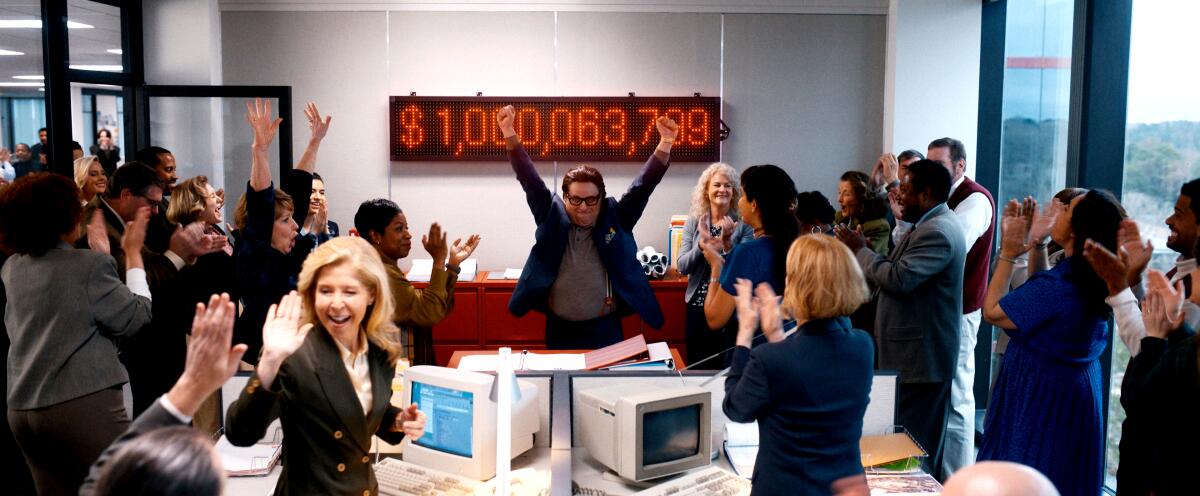
By late 1995, Beanie Babies were a full-fledged craze. The demand was immense and people reacted with fervor. Mail carriers delivering boxes of Beanie Babies to stores were forced to cover up the Ty Inc. logo. Divorcing couples fought over stuffed-animal collections. Some of the news footage seen in “The Beanie Bubble” is archival, but most of the TV clips were re-created for the movie.
“We shot our own versions of people grabbing things off of shelves,” Gore says. “And then we also have some real historical footage of people grabbing things off shelves. But everything was re-created from something real.”
The film opens with a memorable sequence involving a truck filled with Beanie Babies crashing on the highway. That did actually happen in 1999, with frenetic fans running from their cars to grab the toys on an Atlanta freeway. The filmmakers used 10,700 colorful Beanie Babies manufactured specifically for the film, but in reality, a truck could have carried hundreds of thousands of the toys.
“There were slightly different mechanics of the crash, but they did all spill out,” Gore says of their re-creation. “We wanted to open the movie with that from the beginning, as soon as we found out that had actually happened, because it felt like a metaphor for the whole story.”
“It’s so dramatic, so ridiculous, so beautiful,” Kulash offers. “It’s like this gorgeous ballet that leads to people being so petty and stupid.”
Happy endings

Beanie Babies may now be relatively worthless, but Warner remains a billionaire. Despite a conviction for tax evasion in 2014, he is a successful businessman with investments in several hotels, including the Four Seasons in New York City and the Biltmore in Santa Barbara. The film leaves him on a less-than-positive note, but Gore and Kulash purposefully gave each of the female characters a triumphant conclusion.
The tags seen at the end were written for the fictional characters, but they do reflect what happened to each woman. Ultimately, the filmmakers wanted to end each of their arcs in, as Gore puts it, “moments of maximum joy and victory.”
“You want to leave the film feeling pissed off at the system, but also feel like we have some power to do something about it,” Kulash explains. “We needed them to be in a good place. Their adventure movie is over and you’re on their team. And in real life, all of them did leave that situation of their own volition, so that was the moment we could universalize.”


